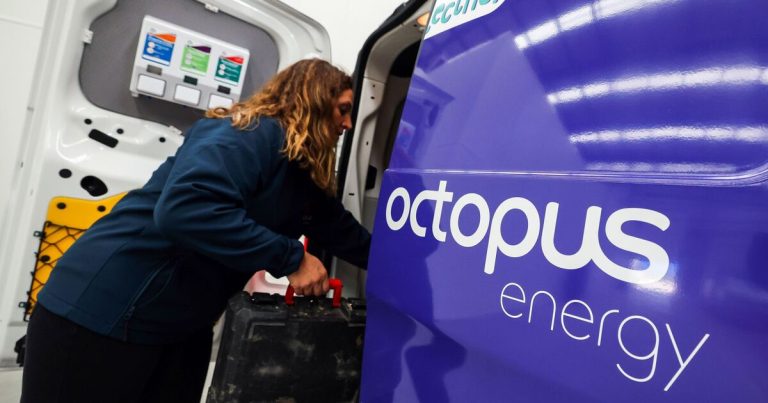

By HOLLY RAMER
STRATHAM, N.H. (AP) — A group of mice is called a nest, but what do you call 1,000 of them in one animal shelter?
“Crippling,” said Lisa Dennison, executive director of the New Hampshire Society for the Prevention of Cruelty to Animals, which is scrambling to care for an overwhelming influx of rapidly reproducing rodents.
It all started Monday when a man arrived saying he wanted to give up 150 mice. But then he clarified: 150 containers of mice, not individual critters. He had 73 mice with him that day, and by Friday morning, about 450 had been transferred to the shelter. Another 500 or so were on the way.
Lined up nose to tail, they’d span more than a football field. There’s enough to give one mouse to every member of the U.S. Congress and the 424-member New Hampshire Legislature combined. And the total is growing thanks to some basic biology. Female mice are sexually mature at roughly six weeks old, gestation lasts about 20 days, and they can mate again 24 hours later.
“Even in the short time that we’ve had them, many of these mice have given birth,” Dennison said. “It’s an exponential problem that keeps growing.”
Part of the shelter’s cat pavilion has been turned into a mouse hospital and hotel, with dozens of containers lined up on the floor, resting atop multiple tables and stacked on shelves. Just logging each mouse into the shelter’s database is a chore, never mind providing food, water and bedding.
It’s a lot of work for a facility that at most once took in 125 animals in one day.
“It does happen where you take a large number, but even when we took in 54 goats or we took in 39 cats, I mean, those are still large numbers, but much more manageable as you can imagine than hundreds and hundreds of mice,” Dennison said.
Other shelters have agreed to take some of the mice, and some are being sent to foster homes as the shelter seeks donations of food supplies. About a dozen mice were ready for adoption Friday after being named by shelter staff and volunteers. Doug, Darrell, Dude and Deputy were waiting for homes in one tank. Others were given candy-inspired names — Butterfinger, Junior Mint and Milk Dud, to name a few.
Elisha Murray heard about the shelter’s predicament from local news and decided to adopt four females named Kelly, Dee, Maxine and Eleven, despite having told her children last week, “No more rodents.”
“We’ve always had small rodents as pets — rats, mice, hamsters, the whole nine — so I just figured I could help out,” she said. “We have the whole setup, everything I need at home already, so I figured, what the hell.”
Originally Published:





